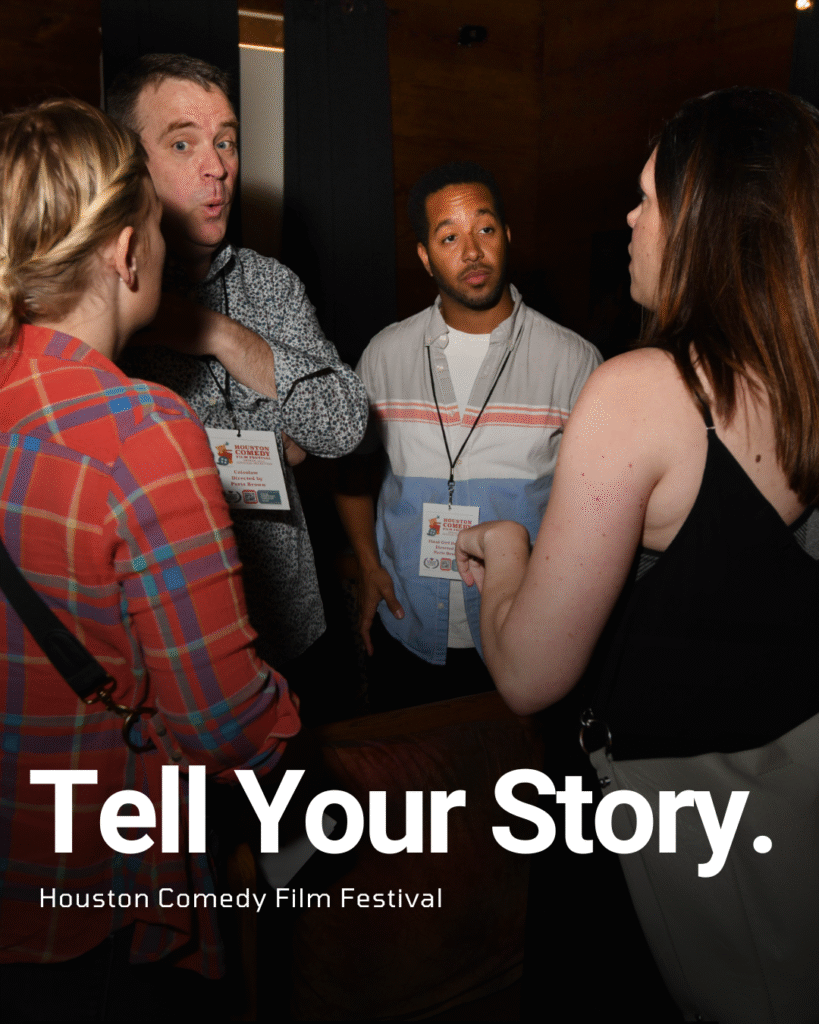Entertainment
Below Deck’s Gabriela Felt ‘Triggered’ by ‘Down Under’ Consent Scandal on August 12, 2023 at 9:01 pm Us Weekly

Gabriela Barragán recently watched the Below Deck Down Under episode that chronicled Luke Jones and Laura Bileskalne’s firings — and was shocked by their behavior.
“My jaw was on the floor. I wish Bravo put a trigger warning at the beginning of the episode,” the Below Deck Sailing Yacht alum, 34, exclusively told Us Weekly on Friday, August 11. “I’m really impressed by producers stepping in [and] the decision to air it as it happened. And Aesha [Scott] and Captain Jason [Chambers] were amazing.”
Gabriela added: “It’s the perfect example of what would happen in a real setting on a yacht on or off the show. Sexual assault in the maritime industry happens all the time.”
During the Monday, August 7, episode of Below Deck Down Under, Luke, 35, climbed naked into passed-out colleague Margot Sisson’s bed when the boat’s power went out. Producers immediately stepped in after Luke tried to make a move on Margot before Jason, 50, sent him to a hotel. The ship’s captain fired Luke the next day.
Laura, 31, subsequently defended Luke’s actions, which drew criticism from Aesha, 31. The chief stew then told Jason that Laura lacked boundaries with fellow costar Adam Kodra. Adam, 34, confirmed that he felt uncomfortable around Laura, and Jason fired her as well. (Laura has since issued a public apology to both Margot and Adam.)
“It’s hard to feel safe in some environments because of hierarchy. Sometimes people in high ranking positions … there are times when you can be sexually harassed by a superior and there’s no one to go to because of the chain of command and it’s awful,” Gabriela — who appeared on Below Deck Sailing Yacht season 3 — told Us. “And Aesha has had experience, and she could see the red flags and pick up on behavior earlier in the night. I think she had a bad feeling and it seemed she followed her instincts and did the right thing swiftly.”
Gabriela Barragán Courtesy of Gabriela Barragán/Instagram
Gabriela also praised how quickly Jason and the producers stepped in to foster a safe working environment. “There’s zero tolerance and if people are uncomfortable in such small living quarters [where] you don’t feel safe, it needs to be taken care of immediately,” she added. “It doesn’t always happen. … I’m happy that Margot is OK and that most of the crew on board were supportive.”
Gabriela noted that she found the way Laura spoke to Margot about the incident to be “very shocking,” insensitive and disrespectful. “Personally, I thought it was scary because she was shaming the victim to her face when no one else was around,” the Bravo alum, who currently works in yachting in California, told Us. “Margot is still trying to put the pieces together of what happened and have a colleague who is downplaying and minimizing and invalidating it and a woman on top of it.”
Gabriela — who has since reached out to Margot, 28, via social media — felt “really proud” of the whole Down Under team and the producers for how they handled the situation. “It was really touching, it was [a] beautiful episode at the end showing the camaraderie and the way they treated Margot,” Gabriela explained. “It was a rollercoaster of emotions in that episode. It was rage and being triggered and then feeling good somehow. There are good people out there.”
Gabriela was pleased to see Bravo and Jason’s crew handle the scandal with care, and the same happened during her season with producers. “I did end up quitting the show because I didn’t feel supported and not emotionally safe,” she told Us, but she claimed that her producers frequently “broke the fourth wall” and stepped into on-camera drama, alleging that they “had a hard time deciphering what was consent and what wasn’t, especially when alcohol was involved.”
She added, “And it wasn’t just the bed jumping thing [during my season]. It was the fighting, the arguments people were getting into when we were drunk. It was having a mental breakdown, crying hysterically. They did step in and say ‘Hey, cut it out, go to bed, bye.’
She continued: “I was told that by a producer that they had to decide when to draw the line to protect everybody in a situation. They don’t want break the fourth wall. They want to watch everything play out, but they also have their own ethical code that they have to follow and I’m grateful for that. …. They have to protect the network, they have to protect themselves and they have to protect us.”
With reporting by Andrea Simpson
Gabriela Barragán recently watched the Below Deck Down Under episode that chronicled Luke Jones and Laura Bileskalne’s firings — and was shocked by their behavior. “My jaw was on the floor. I wish Bravo put a trigger warning at the beginning of the episode,” the Below Deck Sailing Yacht alum, 34, exclusively told Us Weekly
Us Weekly Read More
Entertainment
Kim and Kanye’s Daughter North West Faces Criticism Over Her Tattoos

North West, the 12-year-old daughter of Kim Kardashian and Kanye West, is under the spotlight once again — this time for showing off a collection of tattoos that set social media on fire. In recent photos and videos circulating online, North was seen with several arm designs, including tributes to her parents and fashion-inspired symbols. While fans were quick to admire her bold style, not everyone was impressed.

Critics argue that the tattoos — even though they appear to be temporary — are another example of celebrity children being pushed into adult trends too early. Comments flooded social media platforms, with some users saying Kim allows North too much freedom, while others defended the reality star’s parenting approach, praising her for letting her daughter explore creativity and self-expression.
“Kids should be kids,” one commenter wrote, reflecting a broader sentiment among parents online. Meanwhile, supporters pointed out that North comes from one of the most fashion-forward families in the world and that experimenting with style is part of her upbringing.
Kim Kardashian has not directly addressed the controversy, but she has often spoken about encouraging her children to express themselves authentically. North, already known for her viral TikTok appearances and fashion collaborations, seems unfazed by the criticism.
At just 12, North West continues to blur the lines between youth culture and celebrity identity — reminding the public that in the Kardashian–West household, individuality isn’t just allowed, it’s celebrated.
Entertainment
Jennifer Lopez’s Ex Fires Back: “You Are the Problem”

Ojani Noa Accuses J.Lo of Cheating After “Never Been Loved” Comments
Jennifer Lopez is once again at the center of a media storm — but this time, it’s her first husband, Ojani Noa, turning up the heat. Following Lopez’s recent Howard Stern Show interview, in which she claimed she has “never been truly loved” by any of her exes, Noa has publicly accused the superstar of cheating and playing the victim.
In the viral Instagram post that has now spread across major outlets like TMZ and New York Post, Noa didn’t hold back.
“Stop putting us down. Stop putting me down with your victim card,” he wrote. “The problem is not us. Not me. The problem is you. You’re the one who couldn’t keep it in your pants.”
“You Chose Fame and Lies Over Love”
Noa and Lopez were married briefly from 1997 to 1998, before her rise to Hollywood superstardom. In his explosive statement, he accused her of being unfaithful during their marriage, claiming she prioritized fame over their relationship.
“You have been loved a few times. You’ve been married four times. And have had countless relationships in between,” Noa continued. “You decided to lie, to cheat on me. You begged me to keep the marriage intact to avoid bad press.”
Noa described himself as “faithful, honest, and loving,” saying he uprooted his life and career to support Lopez at the beginning of her entertainment journey. “I left my family, my friends, everything behind for you,” he wrote, “but once fame came calling, you left me behind.”
Lopez Silent Amid Growing Backlash
As of now, Jennifer Lopez has not publicly responded to Noa’s allegations. During her Howard Stern interview, the singer and actress claimed her former partners “weren’t capable” of loving her, saying, “It’s not that I’m not lovable… it’s that they’re not capable.”
Her remarks were widely interpreted as referencing all of her ex-husbands — including Marc Anthony, Cris Judd, and Ben Affleck — but it was Noa who reacted first and most forcefully. His comments have ignited widespread debate online, with many questioning whether Lopez’s honesty came at the expense of others’ reputations.
Public Response and Media Fallout
The online reaction has been intense, with social media users split between defending Lopez’s right to share her truth and blasting her for allegedly rewriting history. Meanwhile, entertainment analysts note that the controversy adds to an increasingly turbulent year for the singer, following canceled tours, underperforming films, and ongoing scrutiny over her marriage to Affleck.
This latest backlash has also reignited conversations about Lopez’s highly publicized romantic history. As tabloids and fans speculate whether more exes might respond, the situation underscores an old truth in celebrity culture — that every candid confession comes with consequences.
For now, Jennifer Lopez remains silent. But in the court of public opinion, the debate about who’s really at fault in her love story is only just beginning.
Entertainment
Selling Your Soul in Hollywood: The Hidden Cost of Fame

By all appearances, Hollywood is a dream factory — a place where charisma, talent, and luck collide to create stars. But behind the camera lights and red carpets lies a conversation few inside the industry speak openly about: the spiritual and moral price of ambition.

For actor Omar Gooding, the idea of “selling your soul” in Hollywood isn’t a metaphor — it’s a moral process that begins with tiny compromises. In an October 2025 interview, Gooding explained that no one in Hollywood makes a literal deal with the devil. Instead, it’s the quiet yeses, the moments when comfort overrides conviction, that mark the beginning of the trade. “They don’t say, ‘Take this or you’ll never make it,’” he said. “They just put it in front of you. You choose.”
Those choices, he argues, create a pattern. Once you show that you’ll accept something you once resisted, the industry notices. “Hollywood knows who it can get away with what,” Gooding said. “One thing always leads to another.” The phrase “selling your soul,” in this context, means losing your say — doing what you’re told rather than what you believe in.
That moral tension has long shadowed the arts. Comedians like Dave Chappelle, who famously walked away from millions to preserve his creative integrity, often serve as examples of where conviction and career collide. In resurfaced interviews, Chappelle hinted that he felt manipulated and silenced by powerful figures who sought control of his narrative, warning that “they’re trying to convince me I’m insane.”
This isn’t just about conspiracy — it’s about agency. Hollywood runs on perception. Performers are rewarded for being agreeable, moldable, entertaining. Those who question the machine or refuse the script risk exile, while those who conform are elevated — sometimes beyond what they can handle.
“We see the ‘collections’ all the time,” Gooding explained. “When the bill comes due, you can tell. They made that deal long ago.”

But the story doesn’t end in darkness. Gooding also emphasizes that in today’s entertainment landscape, artists have more control than ever. With streaming, social media, and creator‑driven platforms, performers don’t have to “play the game” to be seen. Independent creators can build their own stages, speak their own truths, and reach millions without trading authenticity for access.
Still, the temptation remains — recognition, validation, quick success. And every generation of artists must answer the same question: What are you willing to do for fame?
As Gooding put it, “You just make the best choices you can. Because once it’s gone — your name, your peace, your soul — there’s no buying it back.”

 Entertainment4 weeks ago
Entertainment4 weeks agoExecutive Producer Debut: How Celia Carver Created Festival Hit ‘Afterparty’

 Business3 weeks ago
Business3 weeks agoWhy Are Influencers Getting $7K to Post About Israel?

 Health4 weeks ago
Health4 weeks agoWhy Did Gen Z QUIT Drinking Alcohol?

 Advice4 weeks ago
Advice4 weeks agoHow AI Is Forcing Everyone Into the Entrepreneur Game

 Entertainment3 weeks ago
Entertainment3 weeks agoKeith Urban and Nicole Kidman Split After 20 Years as Actress Files for Divorce

 Entertainment3 weeks ago
Entertainment3 weeks agoTilly Norwood’s Rise Stirs Controversy

 News3 weeks ago
News3 weeks agoHow a Government Shutdown Could Hit Your Life and Wallet

 Business3 weeks ago
Business3 weeks agoOverqualified? Great, Now Prove You’ll Work for Free and Love It!






























